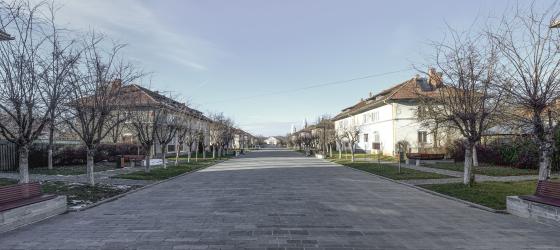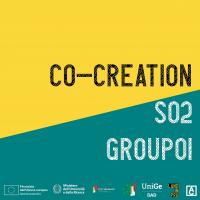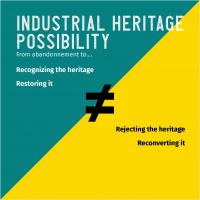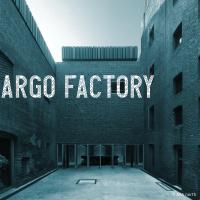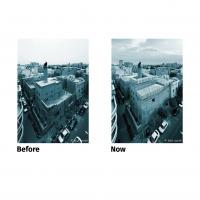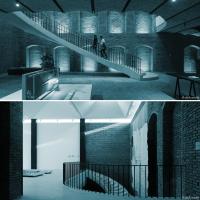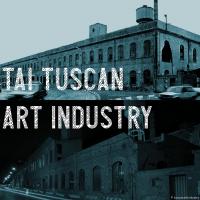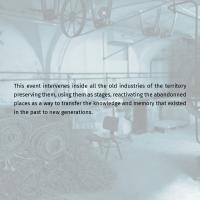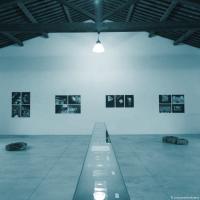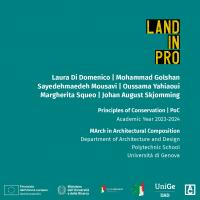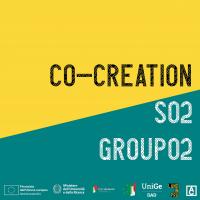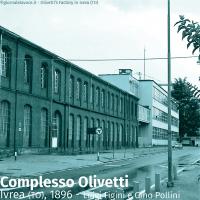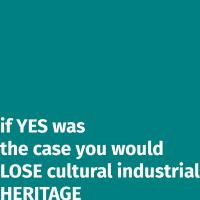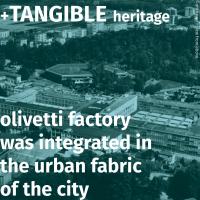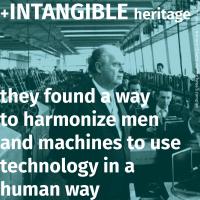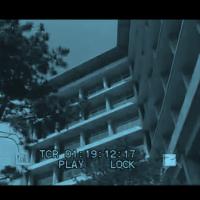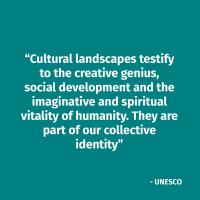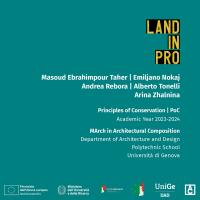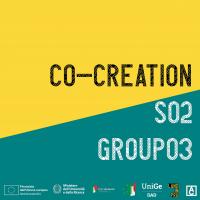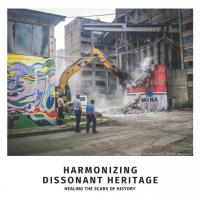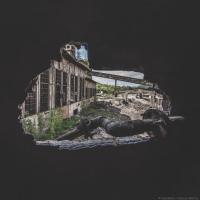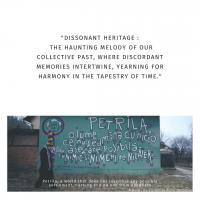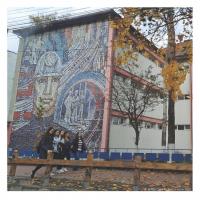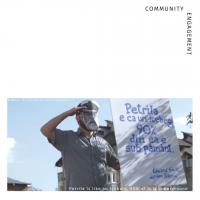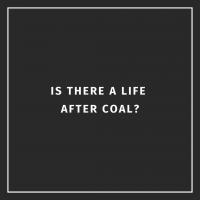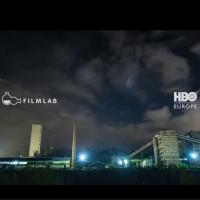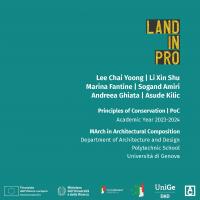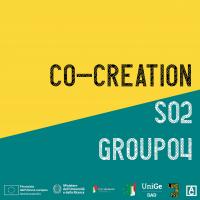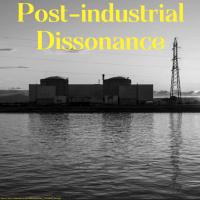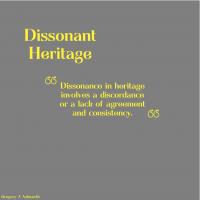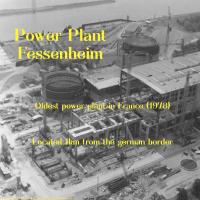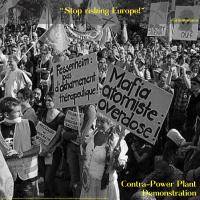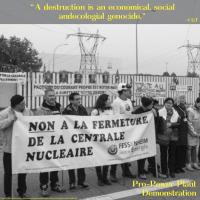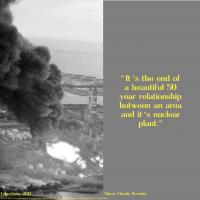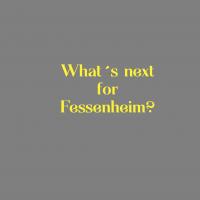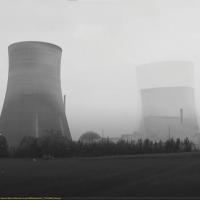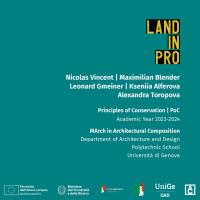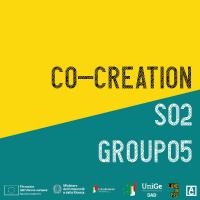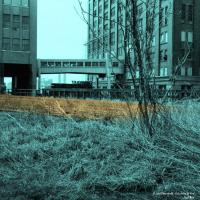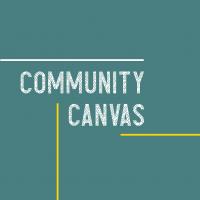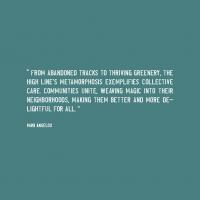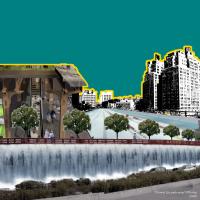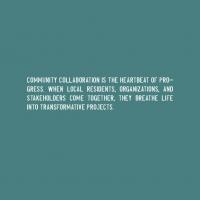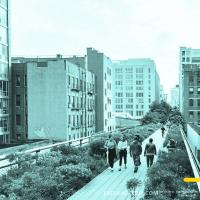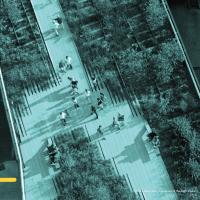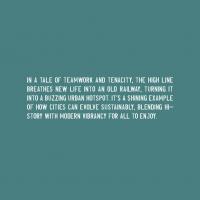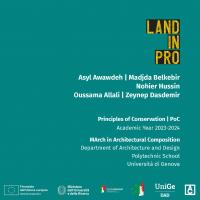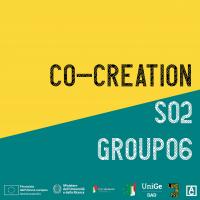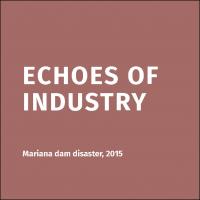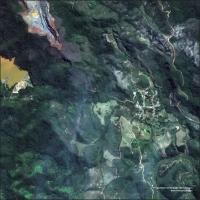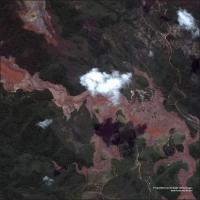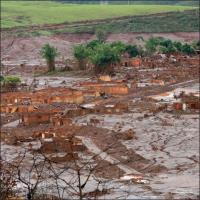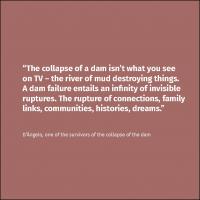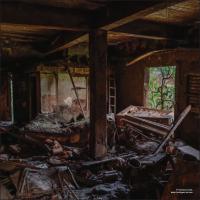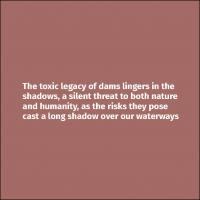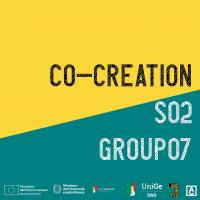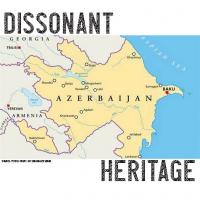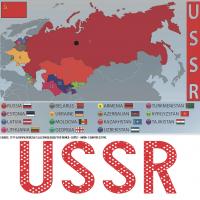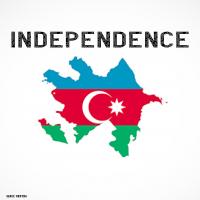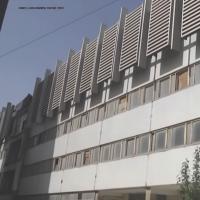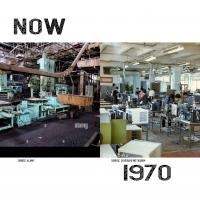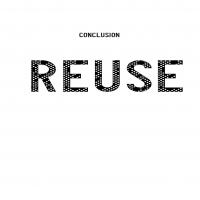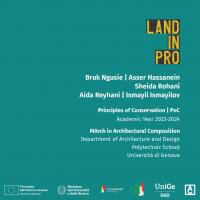
S02 | March 21, 2024
h. 2:30-3:30 pm - Open Lecture [3:30-6:30 pm + Co-creation]
The Legacy of Post-industrial Landscapes. Risks and Challenges on the Path towards the Acknowledgment of a Multifaceted Inheritance
Francesca Vigotti | Assistant Professor (RTDa) in Architectural Preservation, Department of Architecture and Urban Studies (DAStU), Politecnico di Milano, Italy.
Oana Cristina Tiganea | Assistant Professor (RTT) in Architectural Preservation, Department of Architecture and Urban Studies (DAStU), Politecnico di Milano, Italy.
Link to the open lecture on Microsoft Teams.

Group 1 | G01
Industrial heritage possibilities
The transformation of abandoned industrial sites into recognized heritage entails a dual approach. One path involves restoring the heritage, preserving its historical image and significance from the past. Conversely, there are instances where projects deviate, erasing the original function and introducing new activities within the restored structures. This divergence often stems from conflicting social values in the country of implementation. Despite maintaining the structural appearance through restoration efforts, the reinterpretation of function reflects evolving societal norms. Balancing historical preservation with contemporary needs underscores the dynamic interplay between heritage conservation and cultural adaptation in built environments.
Keywords: Community Engagement, Evolving/living landscape, Tangible/intangible legacy
Students: Laura Di Domenico, Margherita Squeo, Mohammad Golshan, Oussama Yahiaoui, Seyedehmaedeh Mousavi, Johan August Skjomming

Group 2 | G02
The industrial landscape of Ivrea
Olivetti suggested a transformative urban landscape where streets, factories, and homes symbolized the progress of the civilization. In his book, "City of Man," he criticized Italy's urban growth as self-serving and lacking a holistic life vision. His factories embodied his ideals, incorporating cafeterias, playgrounds, and libraries. Furthermore, a network of social amenities emerged, including schools and hospitals. It was noticeable that the integration of production spaces into the city fabric reflected Olivetti's answer to humanising industrialization. The project implements tangible and intangible industrial heritage, positioning Olivetti as a global influencer and Ivrea as a link to progressive urban experimentation.
Keywords: Tangible/intangible legacy, Cultural Landscape, Heritage
Students: Alberto Tonelli, Andrea Rebora, Emiljano Nokaj, Arina Zhalnina, Masoud Taher Ebrahimpour

Group 3 | G03
Harmonizing dissonant heritage - healing the scars of history
The Jiu Valley, once thriving on coal mining, faces a bleak future marked by economic decline, emigration, and social issues. Despite promises of help, former miners struggle with poverty and marginalization, while industrial heritage preservation initiatives like Planeta Petrila aim to revitalize the region through entrepreneurship and cultural events. However, financial constraints hinder significant progress, and tourism potential remains untapped due to poor transportation infrastructure. The closure of mines triggers mass migration, leaving behind abandoned buildings and memories, as young generations see little future in mining and likely seek opportunities elsewhere. Amidst challenges, hope lingers for a just transition and local empowerment in Jiu Valley's uncertain landscape.
The Planeta Petrila project embodies the concept of "Harmonizing Dissonant Heritage: Healing the Scars of History" by transforming abandoned coal mining areas into vibrant cultural spaces. Through art installations, community events, and environmental restoration efforts, the project aims to reconcile the dissonance of the past, heal historical wounds, and revitalize the town's heritage. By integrating art, community engagement, and environmental stewardship, Planeta Petrila demonstrates how embracing creativity and sustainability can transform dissonant landscapes into harmonious environments, fostering healing and renewal.
Keywords: Planeta Petrila, life after coal, Community Engagement
Students: Lee Chai Yoong, Li Xinshu, Magdalena Andrea Ghiata, Marina Galvao Jaqueira Fantine, Sogand Amiri, Ruveyeda Asude Kilic

Group 4 | G04
Post-Industrial Heritage
We consider the now-decommissioned nuclear power plant in Fessenheim. It is the oldest and technically most problematic nuclear power plant in France. This is why the discussion about its closure was particularly intense here. It is also located just a few kilometres from the German border, which makes it even more controversial due to Germany's highly critical attitude towards nuclear power.
We address various reactions from the population to this topic and link it to the term "dissonant heritage".
Students: Maximilian Blender, Leonard Gmeiner, Nicolas Vincent, Toropova Aleksandra, Kseniia Alferova
Keywords: Dissonant heritage, Atomic energy, Citizen involvement

Group 5 | G05
Community Canvas
"Community Collaboration" refers to active involvement and cooperation among residents, organizations, and stakeholders, crucial in transforming the High Line from an abandoned railway into a vibrant park. Residents, community groups, and planners collaborated, sharing ideas, resources, and concerns, ensuring the park reflected diverse needs and aspirations. "Adaptability and Resilience" highlight the park's ability to change over time, responding to evolving conditions. From its initial transformation to ongoing changes in programming and landscaping, the High Line demonstrates adaptability and resilience, remaining relevant amidst challenges like climate change and urban development, vital for its continued success in enriching community well-being.
Students: Hussin Noheir Mohamed Rehan, Belkbir Madjda, Allali Oussama, Dasdemir Zeynep, Asyl Awawdeh
Keywords: Community Engagement, Resources, Transformation

Group 6 | G06
Echoes of industry
The dissonant heritage of the post-industrial landscape embodies the conflicting narratives of progress and decline. Abandoned factories and polluted rivers serve as reminders of industrial glory tainted by environmental degradation and economic hardship. Yet, amidst the decay, traces of resilience and creativity emerge. Graffiti-covered walls become canvases for urban expression, while repurposed warehouses morph into vibrant cultural spaces. This juxtaposition of ruin and renewal sparks debates on preservation and reinvention, challenging us to confront the complexities of our industrial past. The dissonant heritage of the postindustrial landscape invites us to navigate through layers of history, seeking reconciliation and forging a path towards sustainable urban futures.
Students: Giulia Caprile, Christian Galleano, Tekla Jariashvili, Julia Mairla Freitas Baia, Ekaterine Macharashvili
Keywords: Dissonant heritage, Toxic legacy, Echoes

Group 7 | G07
The story of the abandoned air-conditioner factory in Baku
Once emblematic of industrial prowess, the derelict air conditioner manufacturing facility in Baku remains a vestige of Azerbaijan's Soviet history. During its zenith, it supported a workforce numbering in the thousands, characterized by bustling productivity. However, the dissolution of the Soviet Union precipitated its descent into silence, and its labour force dispersed amidst the currents of transformation. Presently, it stands as an ethereal testament to a bygone epoch, prompting inquiries into identity and the adaptive reclamation of such environments in moulding Azerbaijan's trajectory. The debate on whether to rejuvenate, reuse, or preserve it holds significant implications for the nation's industrial and cultural topography.
Students: Hassanein Asser Ibrahim Khalil Ibrahim, Zewdie Bruk Ngusie, Reyhani Aida, Rohani Sheida Ismayilov Ismayl
Keywords: Adaptive Reuse, Historic Value, Soviet Industrial Heritage

This project has received funding from the National Recovery and Resilience Plan (NRRP) - Mission 4 “Education and Research” - Component 2 “From Research to Business” - Investment 1.2 “Funding projects presented by young researchers” and the European Union's Next Generation EU Recovery Plan - Project no. 100027-2022-FP-PNRR-YR_MSCA_0000005"

Disclaimer
The responsibility for the content published on the Land-In-Pro Seminar Cycle + Co-creation activities lies with the authors and reflects only their views. The Italian Ministry of University and Research and the European Commission are not responsible for any use that may be made of the information contained therein.
